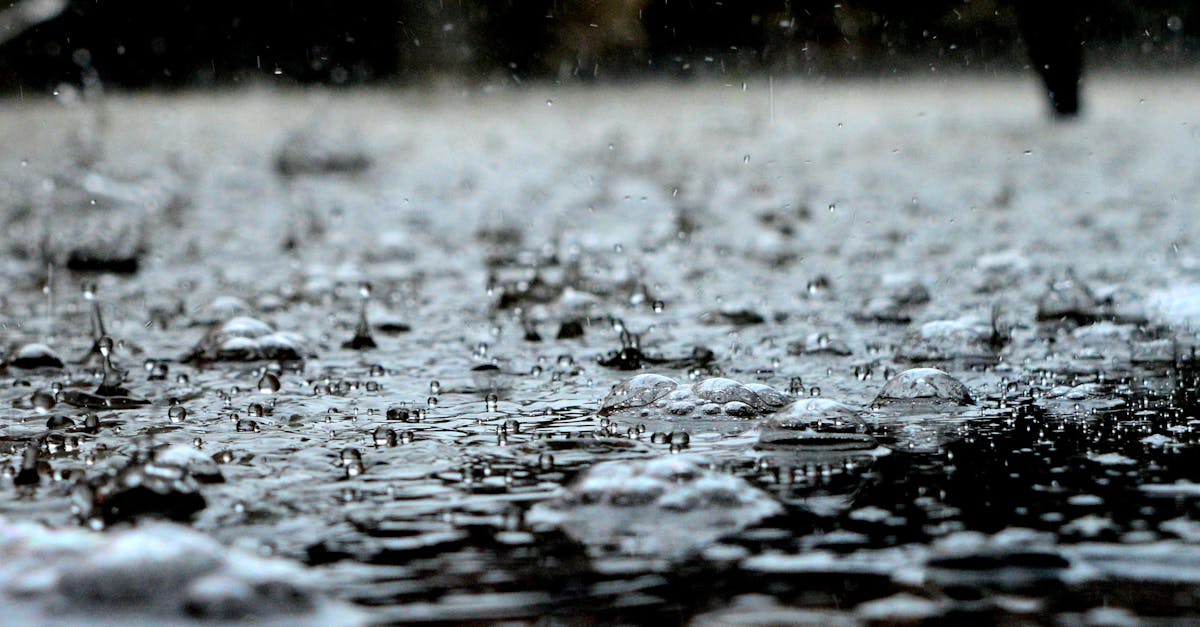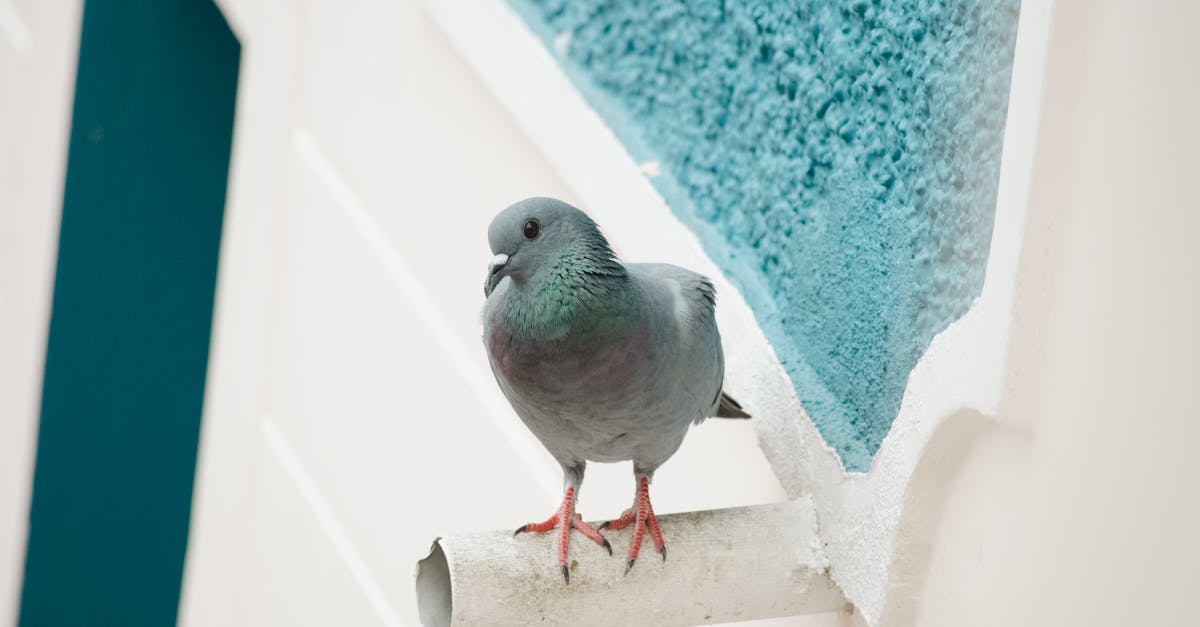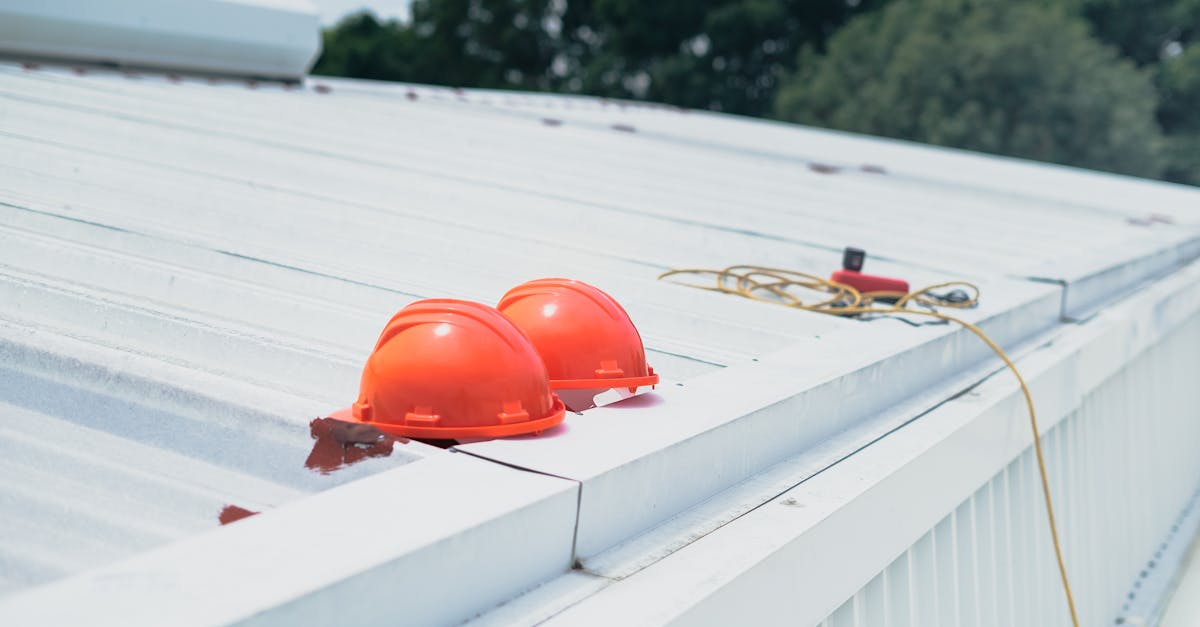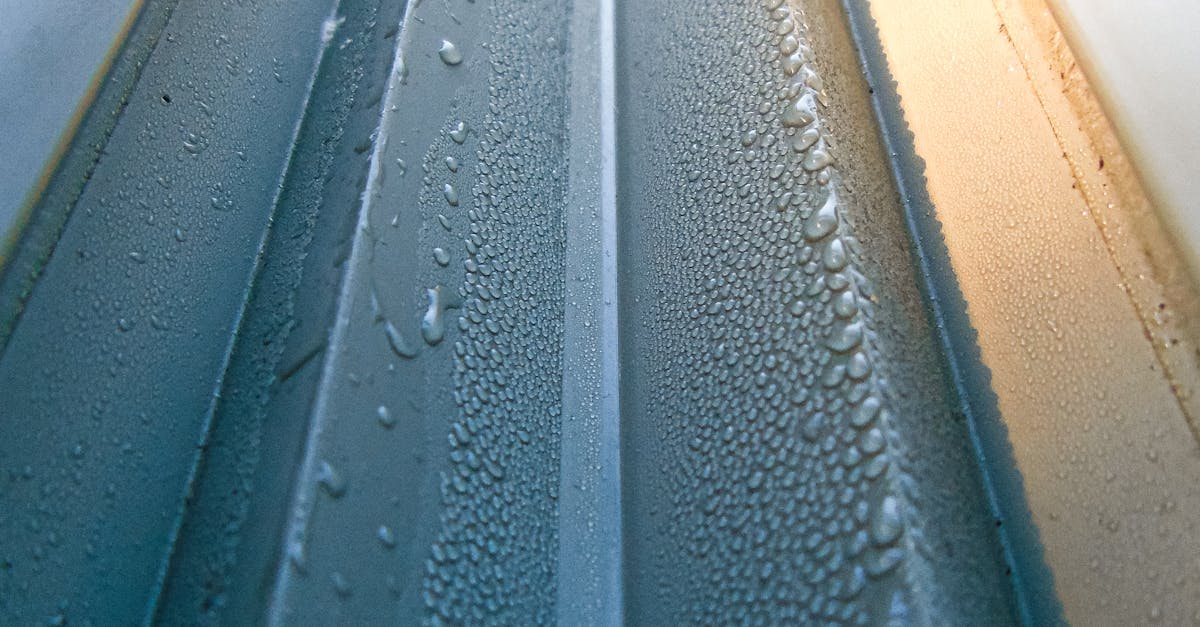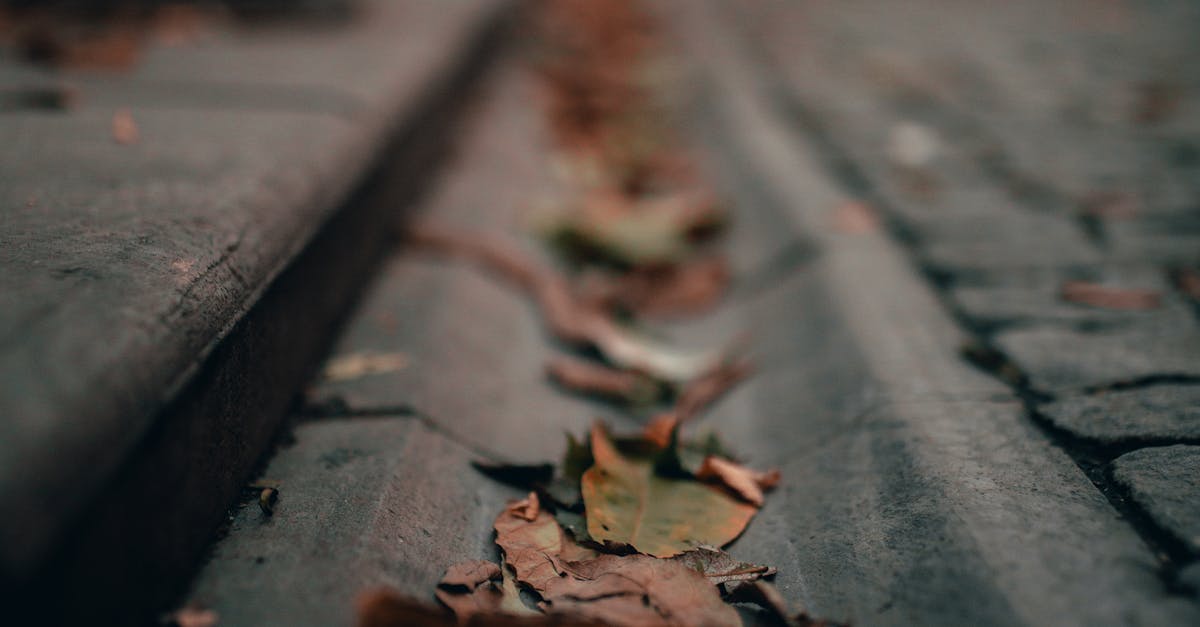
Securing Downspouts and Extensions
When it comes to securing downspouts and extensions as part of your DIY gutter installation near me project, proper fastening is crucial. Ensure that downspouts are securely attached to the wall with durable brackets to prevent them from sagging or becoming loose over time. Consider using screws instead of nails for a more secure attachment that can withstand various weather conditions.
Extensions at the bottom of downspouts should direct water away from your home's foundation to prevent water damage. Make sure these extensions are fastened securely and positioned to guide water at least a few feet away from your house. Regularly inspect these downspout extensions to ensure they remain in good condition and continue to divert water effectively.
Ensuring Proper Water Drainage Away from Your Home
To prevent water from pooling around your home's foundation, it is crucial to ensure that proper water drainage is maintained with your DIY gutter installation. One effective way to achieve this is by positioning your downspouts and extensions strategically. By securing downspouts at least five feet away from your home's foundation and ensuring extensions direct water away from your property, you can protect your foundation from water damage. Remember, the goal is to divert water safely away from your house and towards a suitable drainage area.
If you are uncertain about the slope of your gutters for efficient water flow, consider utilizing a level to guarantee a slight downward angle towards the downspouts. This simple adjustment can make a significant difference in the effectiveness of your gutter system. Additionally, periodically inspect the area around your home during heavy rainfall to confirm water is flowing away from your residence. By taking these precautions, you can safeguard your property from potential water-related issues. Remember, proper drainage is key to the success of your Gutter Installation near me project.
Tips for Maintaining Your DIY Gutters
When it comes to maintaining your DIY gutters, regular cleaning and inspections are crucial to ensure optimal functionality. By clearing out debris such as leaves and twigs, you can prevent clogs and potential water damage to your home. It is recommended to inspect your gutters at least twice a year, especially before the rainy season, to address any issues promptly. Consider searching for "Gutter Installation near me" to find professional services that can assist you in maintaining your gutters effectively.
Moreover, keeping an eye on the condition of your gutters and downspouts is necessary for long-term functionality. Look out for signs of rust, cracks, or leaks, and address these issues promptly to prevent further damage. Ensure that your gutters are securely attached to your home and that the downspouts are directing water away from your foundation to avoid water pooling near your property. Regular maintenance and timely repairs will help extend the lifespan of your DIY gutters and protect your home from potential water-related damage.
Cleaning and Inspecting Gutters Regularly
Regular cleaning and inspection of your gutters is crucial to ensure they function effectively. Leaves, debris, and other obstructions can easily accumulate in the gutter system, leading to clogs and potential water damage to your home. It is advisable to schedule routine check-ups at least twice a year, especially in the fall and spring, to prevent any blockages. If you're unsure of how to maintain your gutters, consider searching "Gutter Installation near me" to find local professionals who can assist you with this task.
During your inspection, pay attention to any signs of sagging gutters, loose fasteners, or rust spots that could indicate wear and tear. It is essential to address these issues promptly to prevent further damage. Additionally, checking the downspouts for any blockages or bends will ensure proper water flow away from your home's foundation. Diligent care and maintenance of your gutters will extend their lifespan and protect your property from potential water intrusion. For expert advice on maintaining your gutters, do not hesitate to contact professionals specializing in "Gutter Installation near me."
Troubleshooting Common Gutter Installation Issues
Installing gutters yourself can be a rewarding project, but sometimes issues may arise during the process. If you notice leaks or improperly sloping gutters, it's essential to tackle these concerns promptly to prevent water damage to your home. Contacting a professional for Gutter Installation near me may be necessary if the problems persist or if you feel unsure about how to rectify the situation on your own.
To address leaks in your gutter system, start by inspecting the seams and connections for any gaps or loose areas. Applying a specialized gutter sealant can help mend minor leaks effectively. If the leaks persist or seem severe, consulting with a gutter installation expert near you is advisable to ensure the issue is resolved correctly. Improper sloping can impede the flow of water through the gutters, leading to potential overflow and water damage. Adjusting the slope of the gutters or repositioning hangers may be needed to correct this issue and ensure proper drainage away from your home.
Fixing Leaks and Improper Sloping
Fixing leaks and improper sloping in your DIY gutter installation can be a manageable task with the right approach. Leaks often occur at the seams of gutter sections or around downspout connections. To address leaks, start by thoroughly cleaning the area and allowing it to dry completely. Apply a silicone gutter sealant to the leaking areas and ensure a tight seal. Additionally, improper sloping can lead to water sitting in the gutters, causing potential damage. To correct this issue, adjust the hangers to create a slight slope towards the downspout for efficient water flow away from the house. If you encounter difficulties during this process, consider seeking professional assistance by searching for "Gutter Installation near me" to prevent further damage.
FAQS
Can I install gutters myself?
Yes, it is possible to install gutters yourself with the right tools, materials, and knowledge.
What tools do I need to install gutters myself?
Some of the tools you may need include a ladder, drill, gutter sections, downspouts, elbows, screws, sealant, and a level.
How do I ensure proper water drainage away from my home when installing gutters?
To ensure proper water drainage, make sure the gutters are sloped correctly towards the downspouts and that the downspouts extend at least 5 feet away from your home's foundation.
What are some tips for maintaining DIY gutters?
Regularly clean and inspect your gutters to remove debris, check for leaks, and ensure they are functioning properly. Also, consider installing gutter guards to prevent clogging.
What should I do if I encounter common gutter installation issues like leaks or improper sloping?
If you encounter leaks, use sealant to fix them, and make adjustments to the gutter sections to ensure proper sloping towards the downspouts. If needed, seek professional help for more complex issues.
